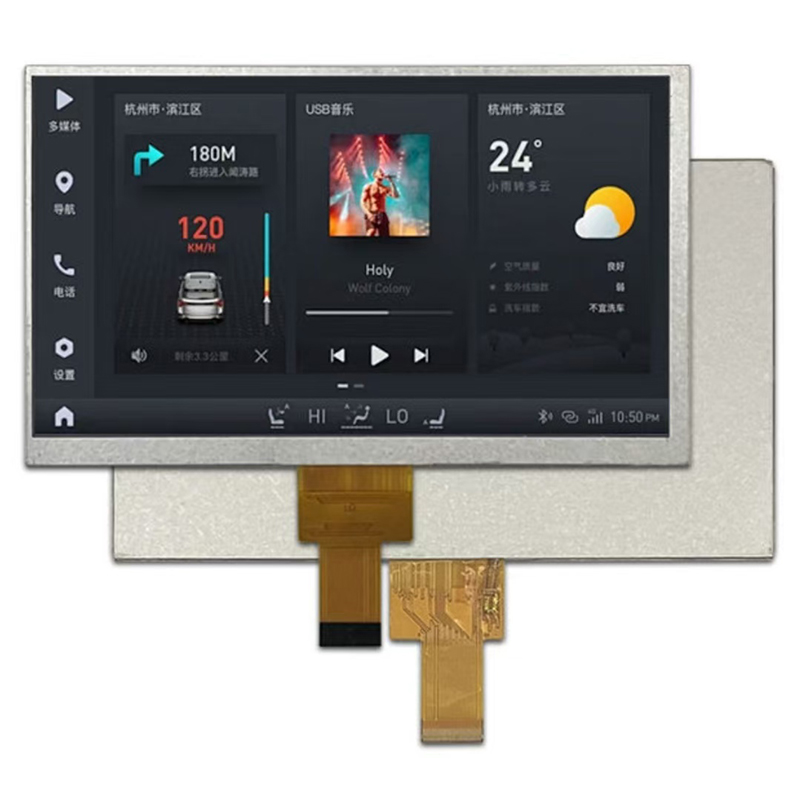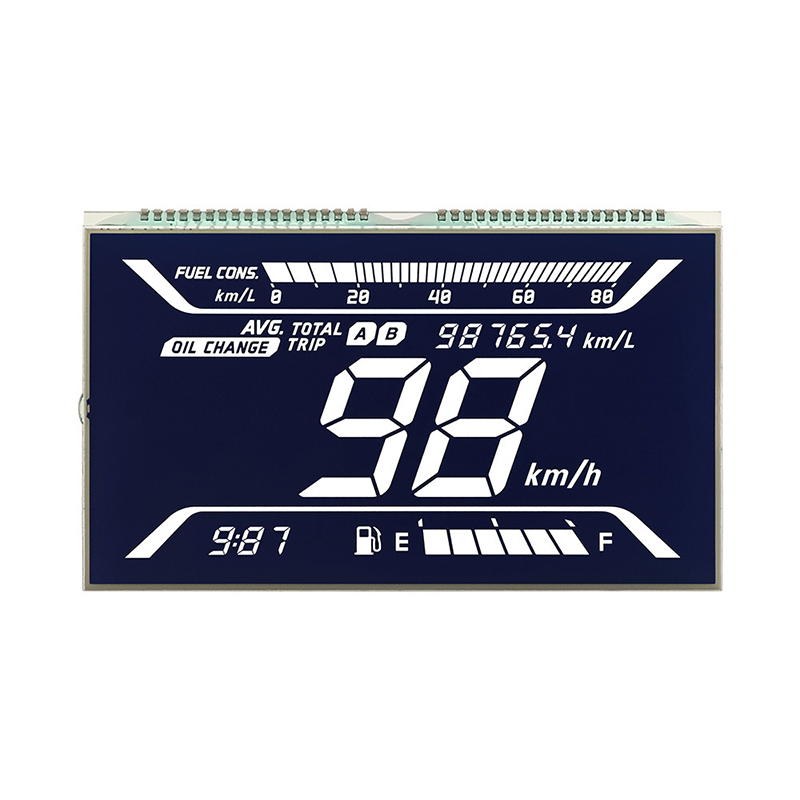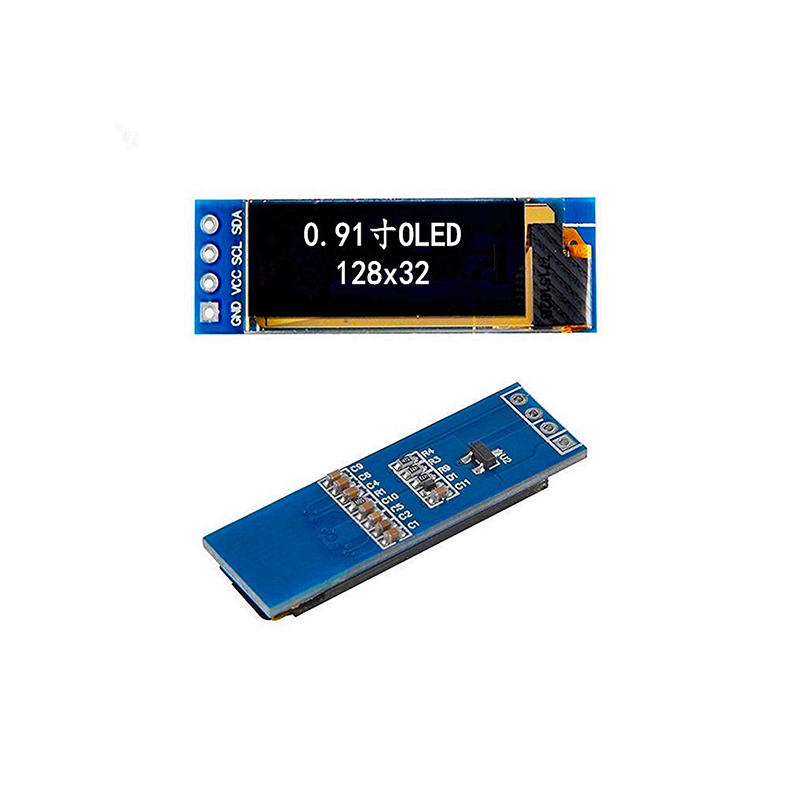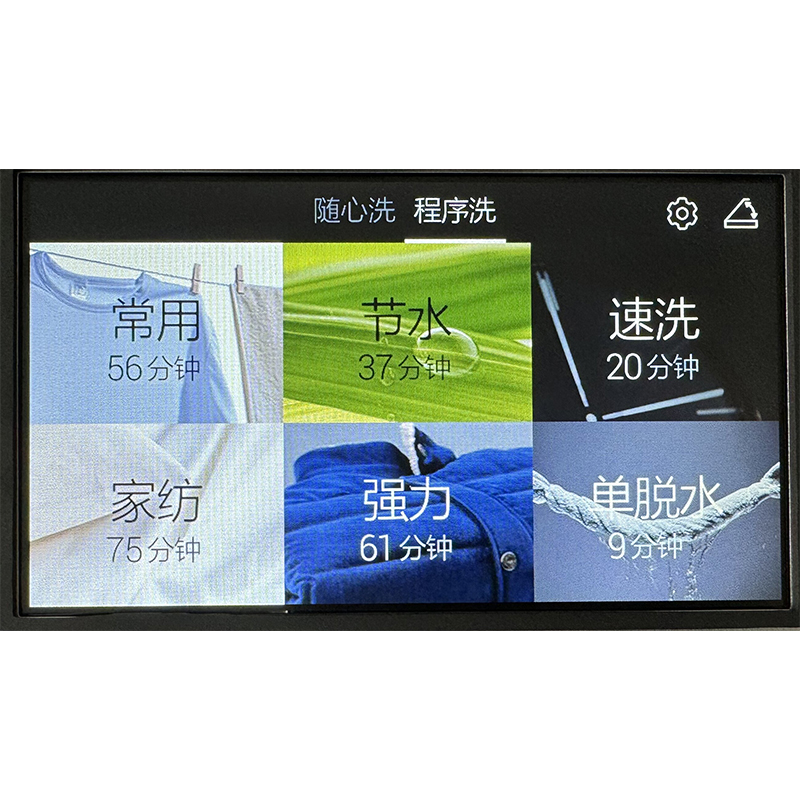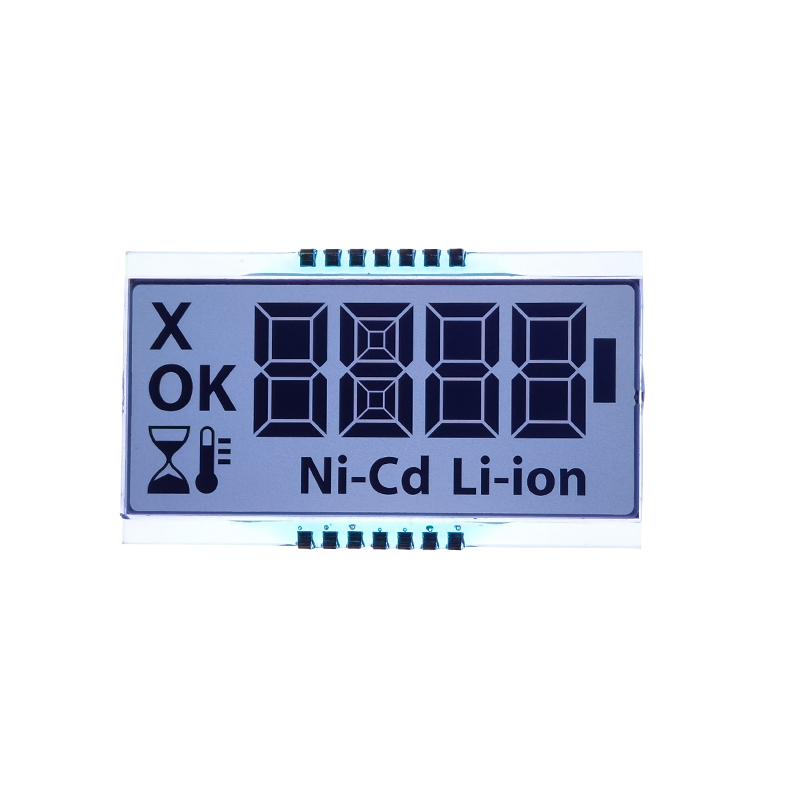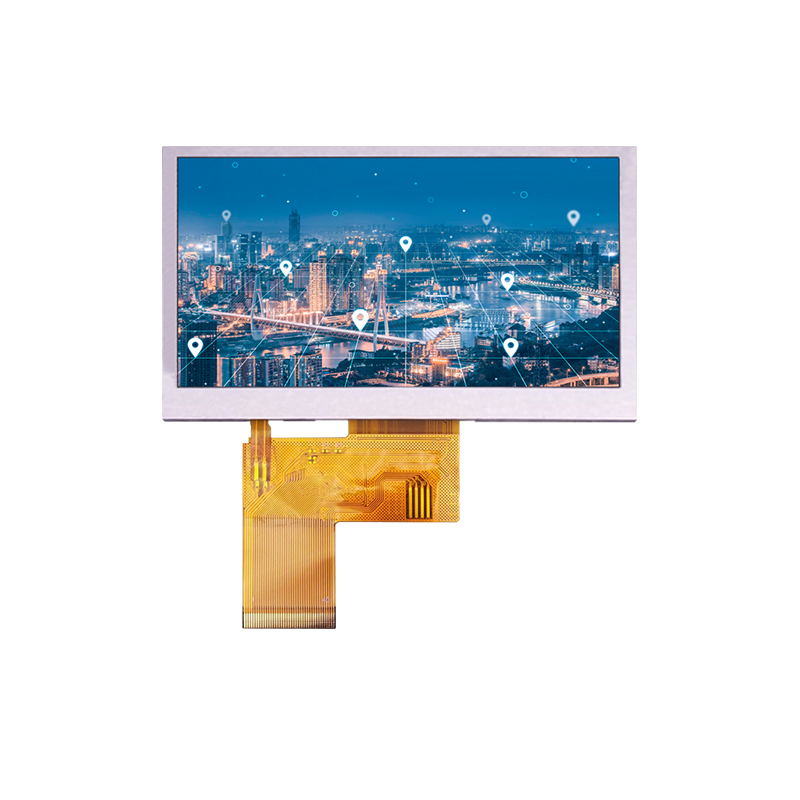
This guide provides a detailed overview of OLED display screens, covering their technology, advantages, disadvantages, applications, and future trends. Learn about the differences between OLED and other display technologies, and discover why OLED display screens are becoming increasingly popular in various devices.
An OLED display screen (Organic Light-Emitting Diode) is a type of flat-panel display that uses organic compounds to emit light when an electric current is passed through them. Unlike LCDs (Liquid Crystal Displays) which require a backlight, each pixel in an OLED display screen is self-illuminating, leading to superior contrast ratios and deeper blacks. This technology allows for incredibly vibrant and realistic images.
Several display technologies compete with OLED, each with its strengths and weaknesses. Here's a comparison:
| Feature | OLED | LCD | QLED | Mini-LED |
|---|---|---|---|---|
| Black Levels | Perfect (true black) | Poor (backlight bleed) | Good | Good |
| Contrast Ratio | Infinite | Limited | High | High |
| Response Time | Excellent | Good | Good | Good |
| Power Consumption | Lower (generally) | Higher | Moderate | Moderate |
| Burn-in Potential | Possible (though mitigated in modern displays) | Low | Low | Low |
| Cost | Higher | Lower | Moderate | Moderate |
This table highlights the key differences. While OLED display screens offer superior image quality, other technologies provide cost-effective alternatives. The best choice depends on your specific needs and budget.
The advantages of OLED display screens are numerous:
While offering significant benefits, OLED display screens also have some drawbacks:
OLED display screens are used in a wide range of applications, including:
Technological advancements continue to improve the performance and affordability of OLED display screens. Expect to see further improvements in brightness, efficiency, and lifespan in the coming years.
For high-quality LCD and OLED display screens, consider exploring the options available at Dalian Eastern Display Co., Ltd. They offer a wide range of solutions for various applications.
1Data sources vary depending on specific manufacturer and model. Please refer to individual product specifications for detailed information.

